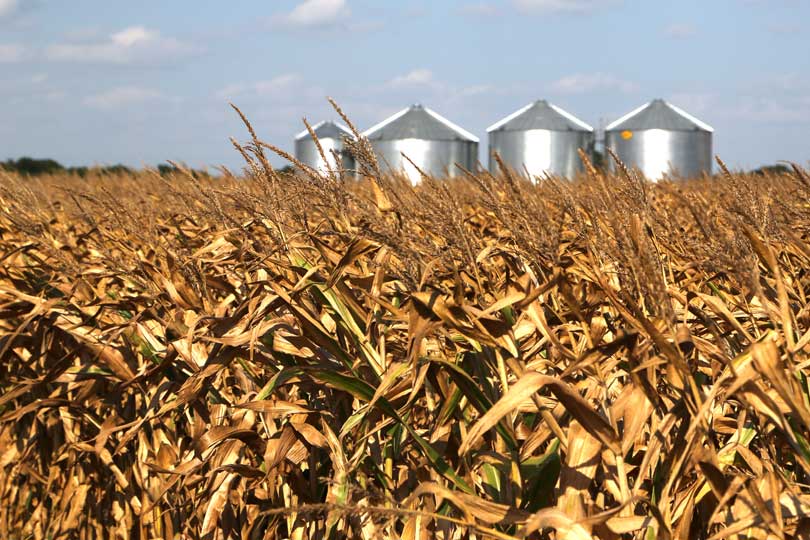The March World Ag Supply and Demand Estimates (WASDE) from the U.S. Department of Agriculture (USDA) began to factor in Russia’s invasion of Ukraine, as well as a decline in South American soybean production.
The estimates reflect a higher demand for U.S. agricultural products, said American Farm Bureau Federation (AFBF) Senior Economist Veronica Nigh.
The March WASDE report predicted a drop in exports from Ukraine and Russia due to the conflict between two of the world’s top exporters.
“USDA cut South American soybean production due to the drought they’re experiencing there slightly more than the average of analysts’ estimates but was largely in line with industry expectations,” Nigh said. “USDA marginally increased U.S. corn exports in view of the situation in Ukraine and marginally increased U.S. soybean exports in light of that drought in South America.”
She says the most notable changes took place in the international production and export estimates, beginning with Ukraine.
“On the wheat markets, with respect to Ukraine, USDA made no change to the wheat production estimate but did revise Ukrainian exports down significantly. With respect to Russia, USDA revised wheat production down only slightly but decreased Russian exports significantly,” she said. “This is significant because last year, Ukraine and Russia accounted for 30% of global wheat exports. U.S. corn exports will increase by 3%t to 2.5 billion bushels, partially taking advantage of that decline in Ukrainian exports. Finally on soybeans, USDA increased soybean oil exports by 200 million pounds, an increase of 14%, but made no change to soybean meal exports.”
Nigh noted the WASDE report was somewhere between good news and bad news for farmers.
“We learned more about the reduction in production in South America, but the Ukrainian planting season is typically in April and May, so the total impact on corn and sunflower plantings in Ukraine is yet to be seen,” Nigh said. “Wheat and Russia and Ukraine is in the ground, of course, but the total crop size will be heavily influenced by the happenings in the coming weeks and months.”
Farmers will better understand the impact of the Russian invasion of Ukraine when USDA updates the domestic and world balance sheets in May.

